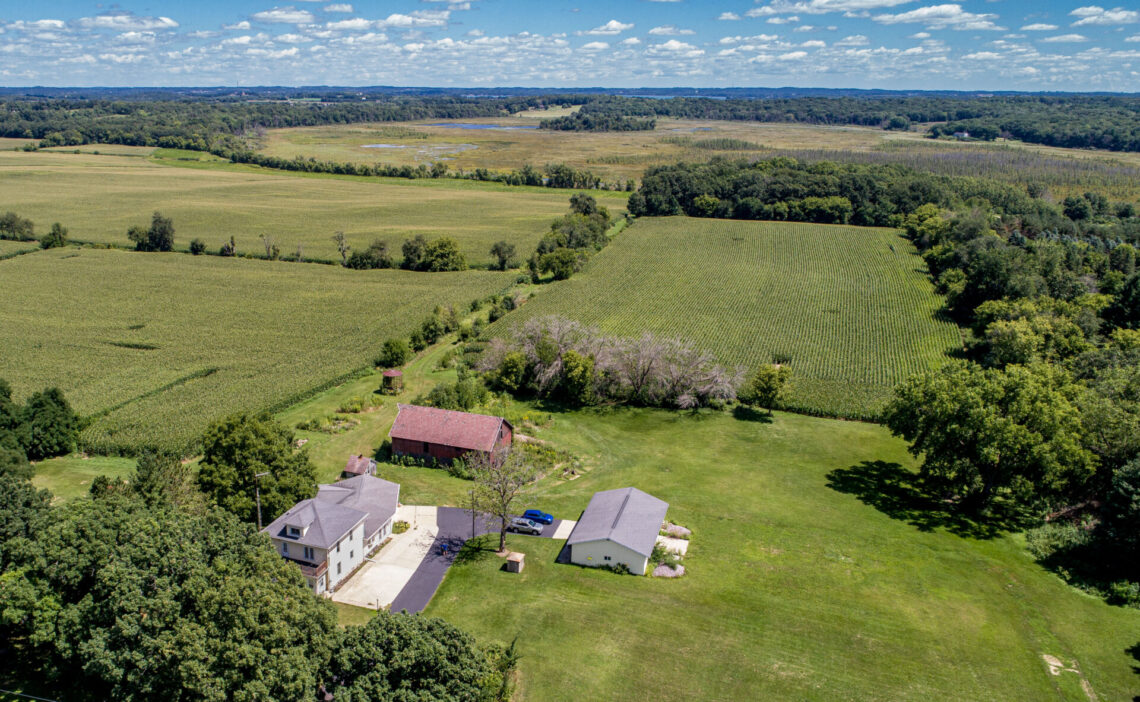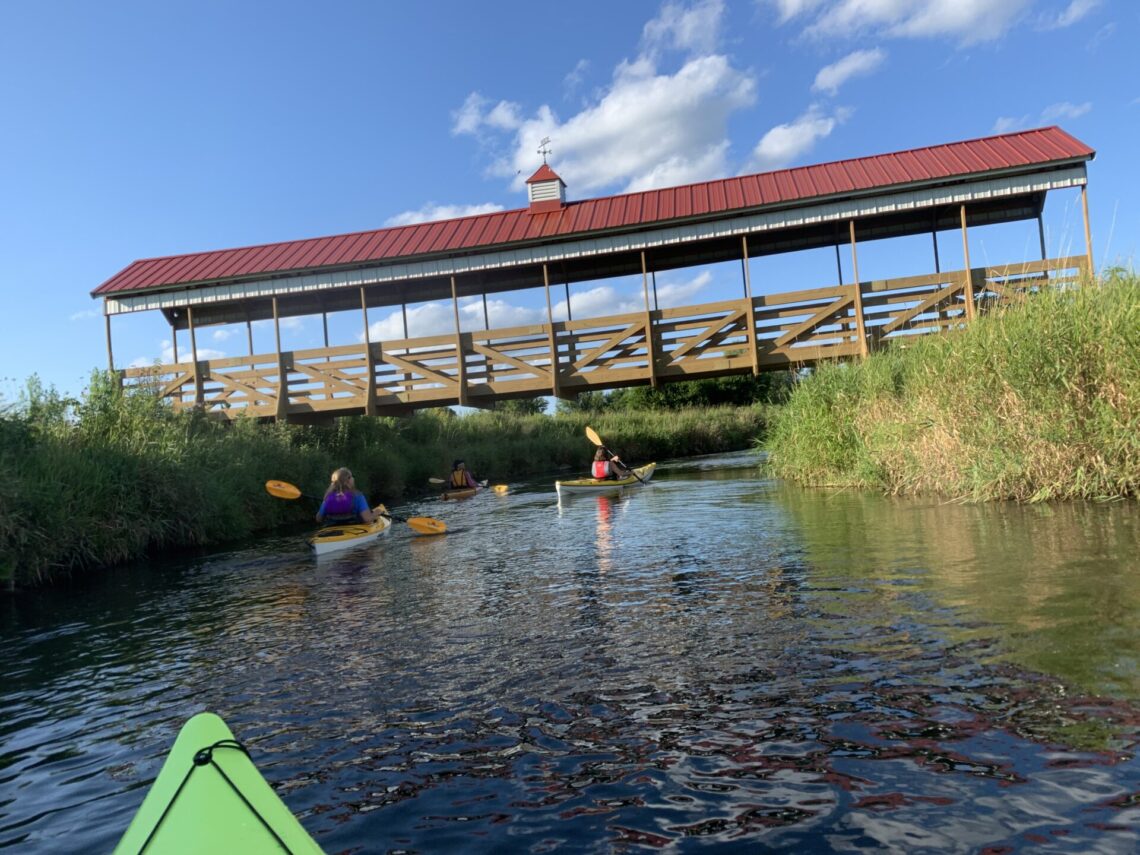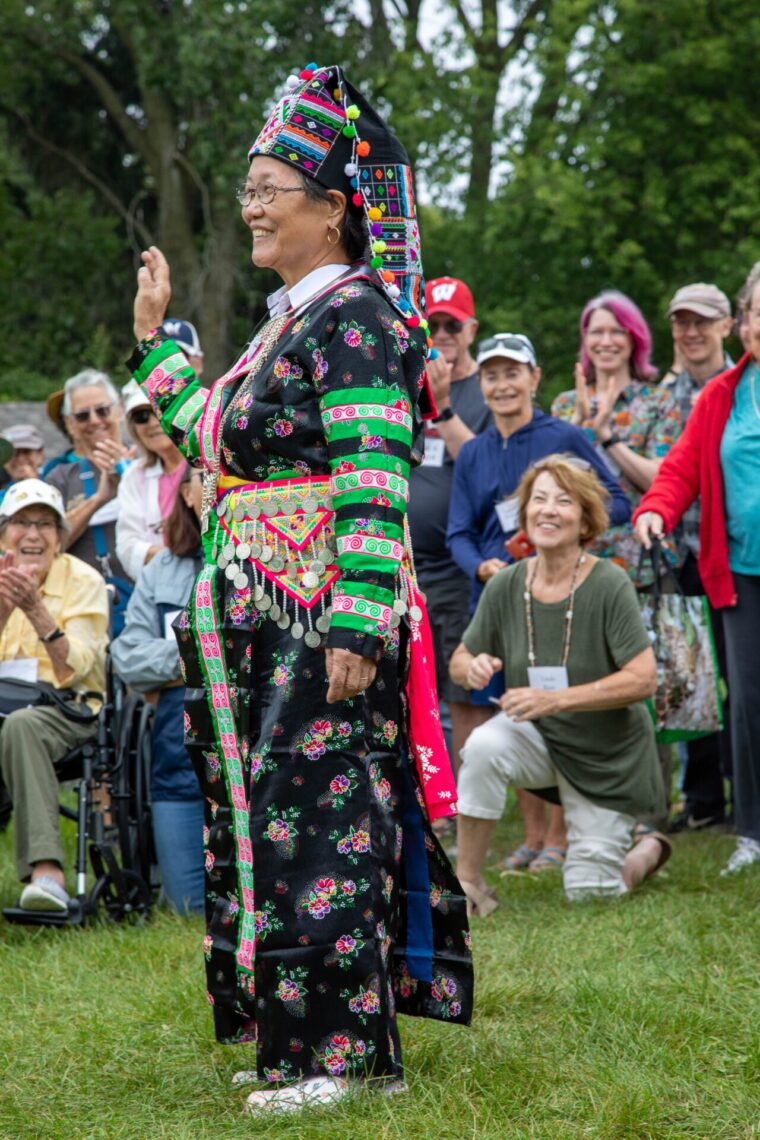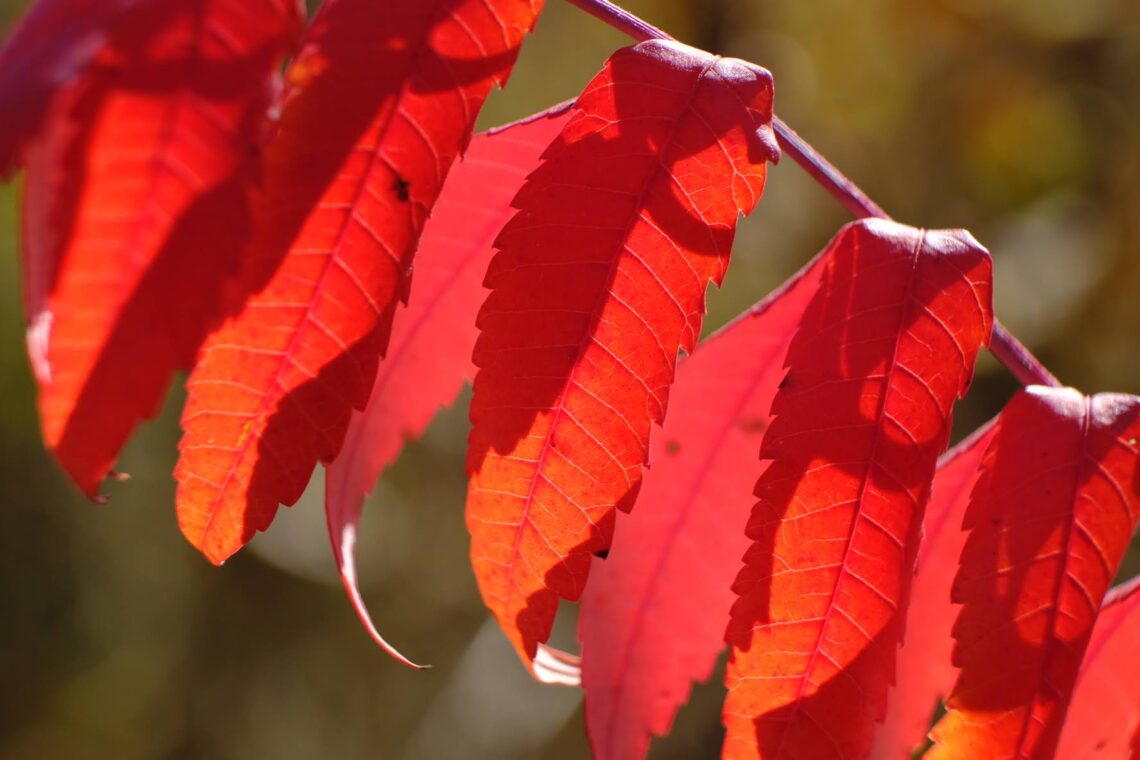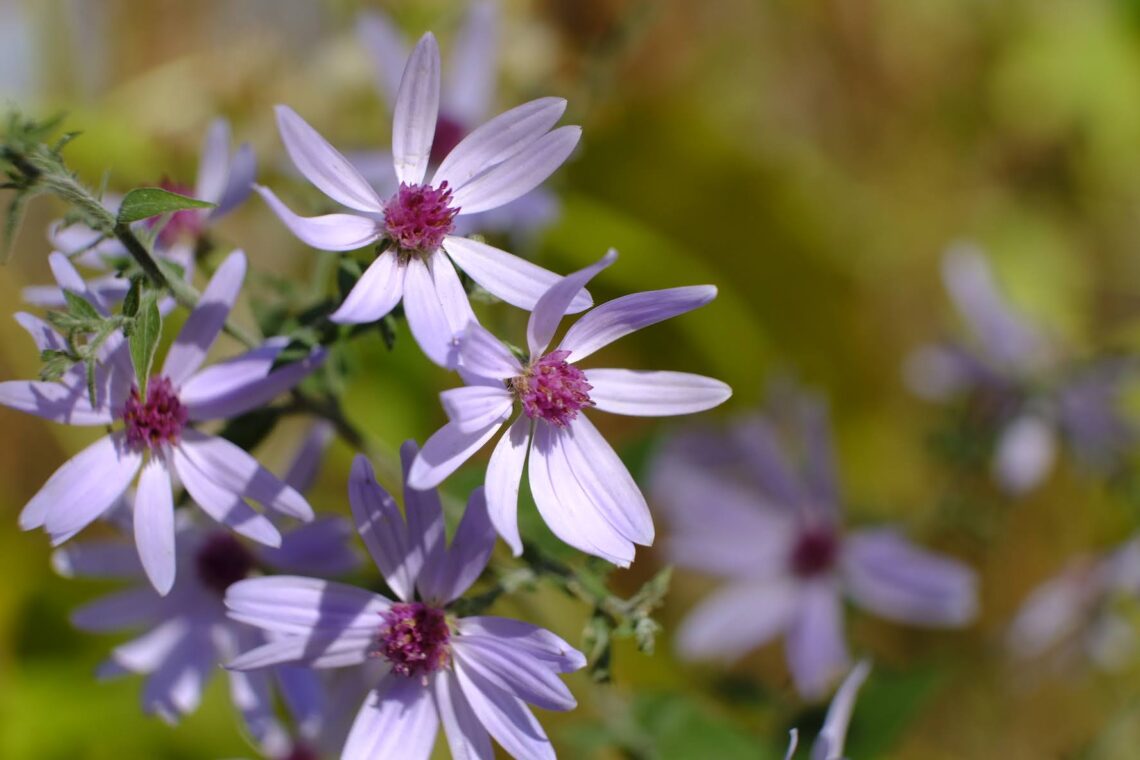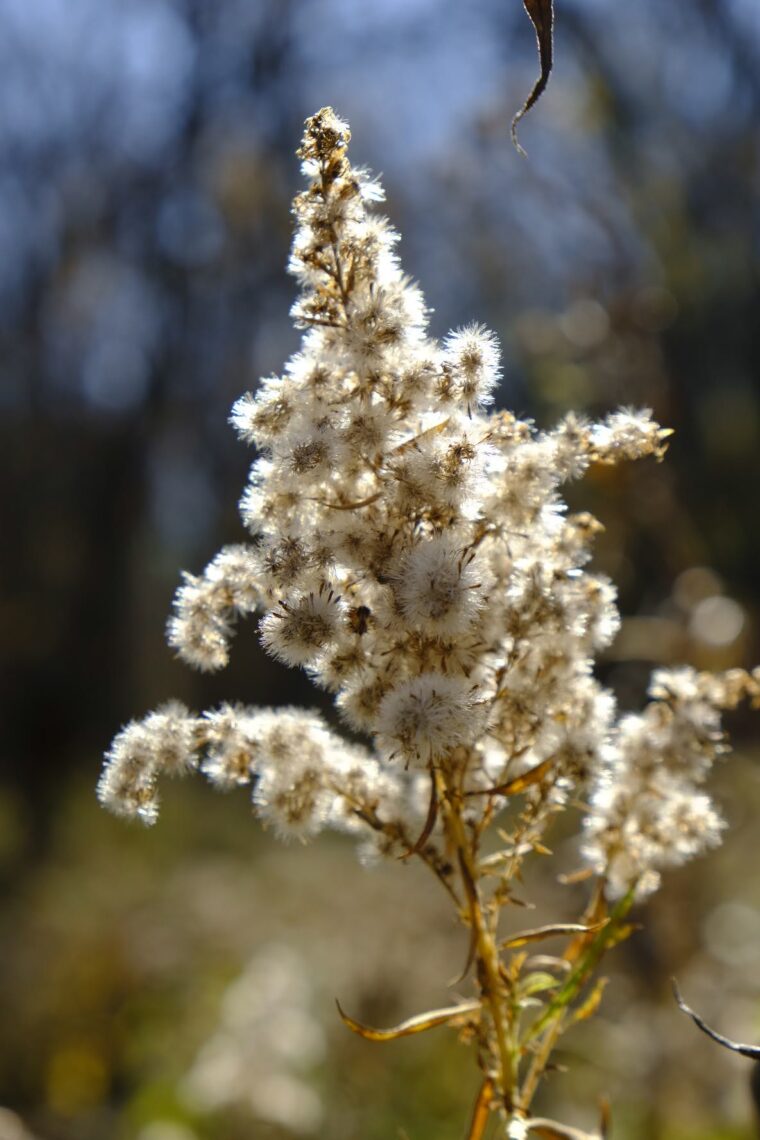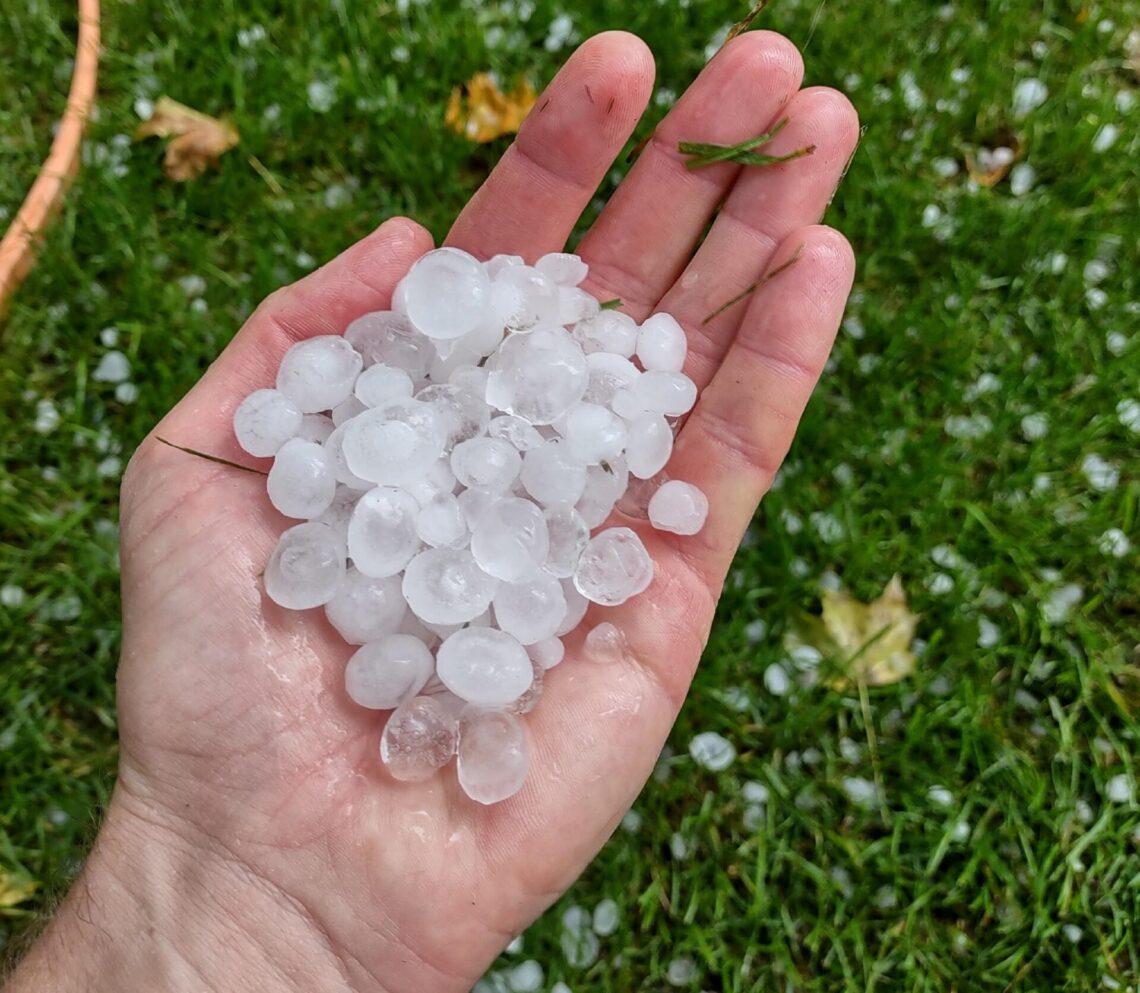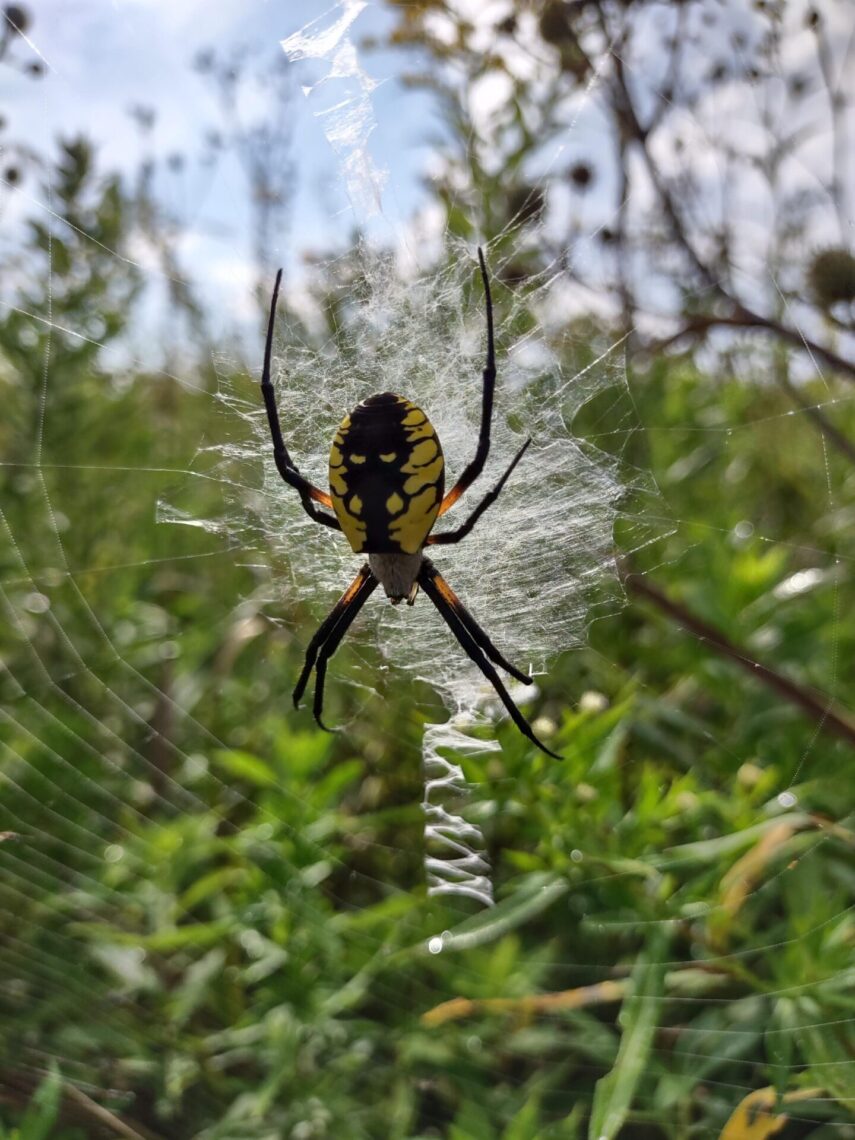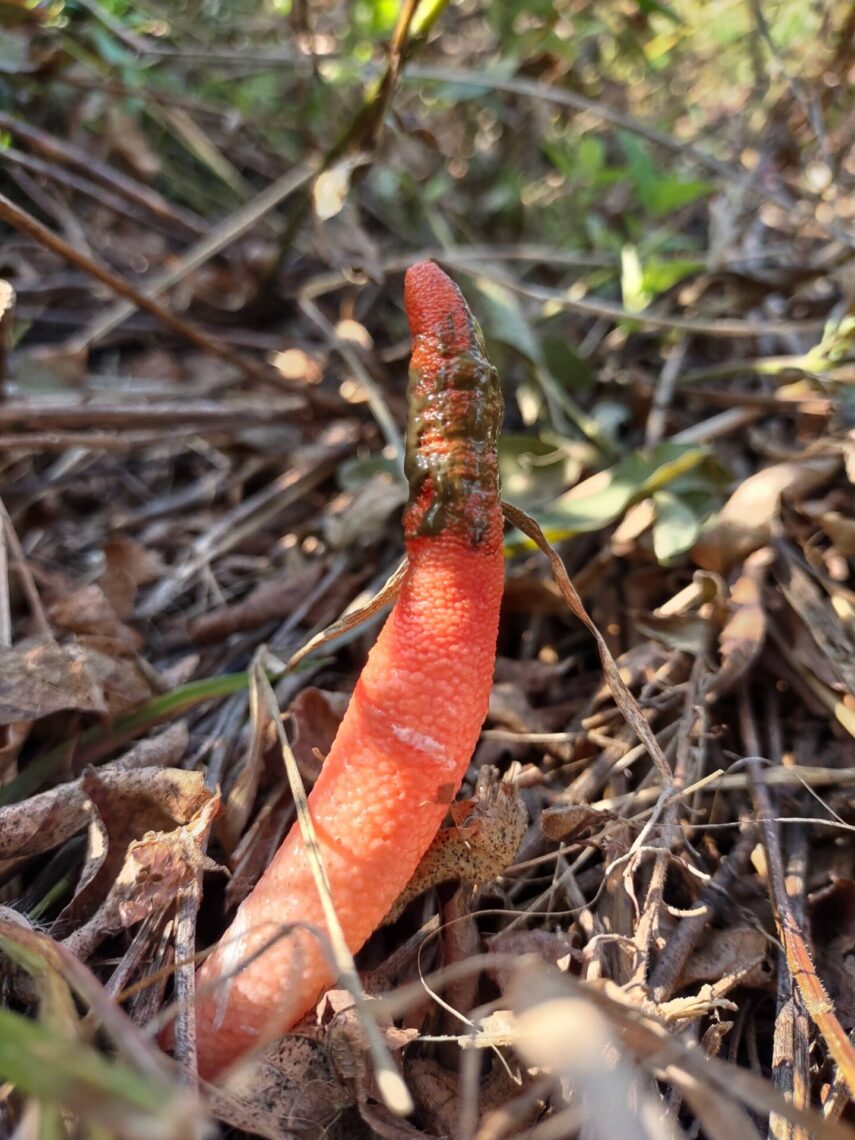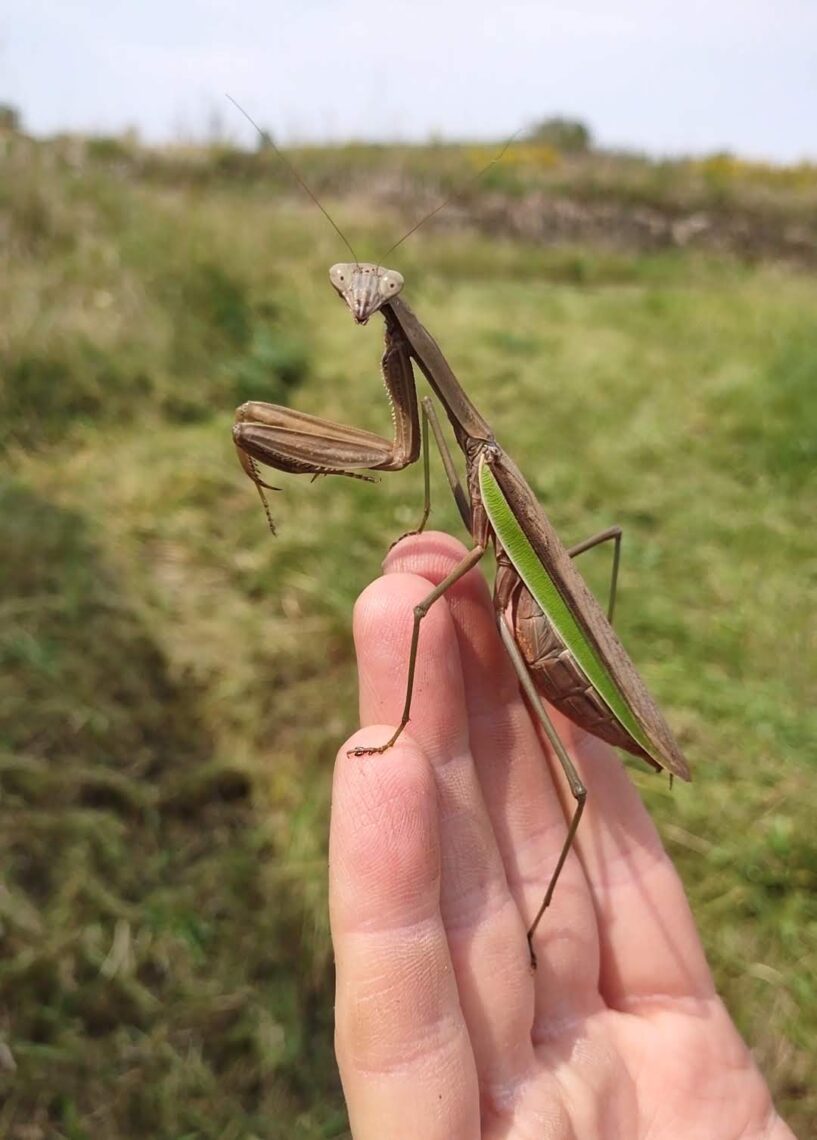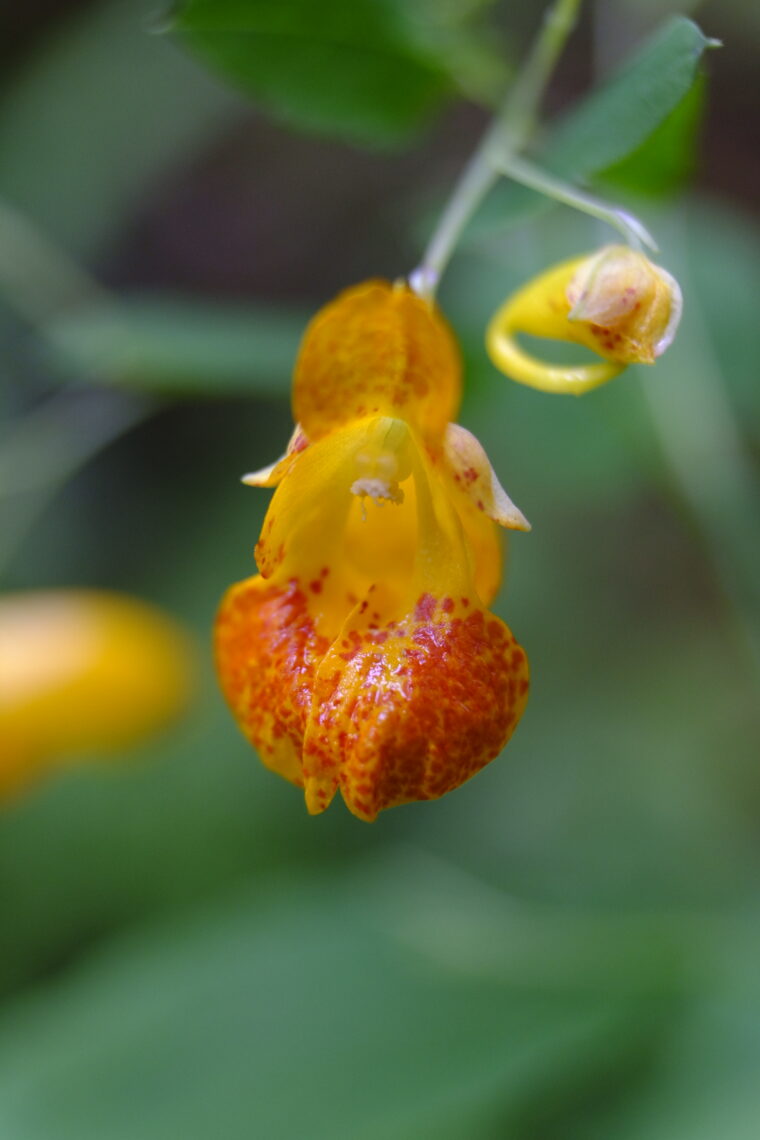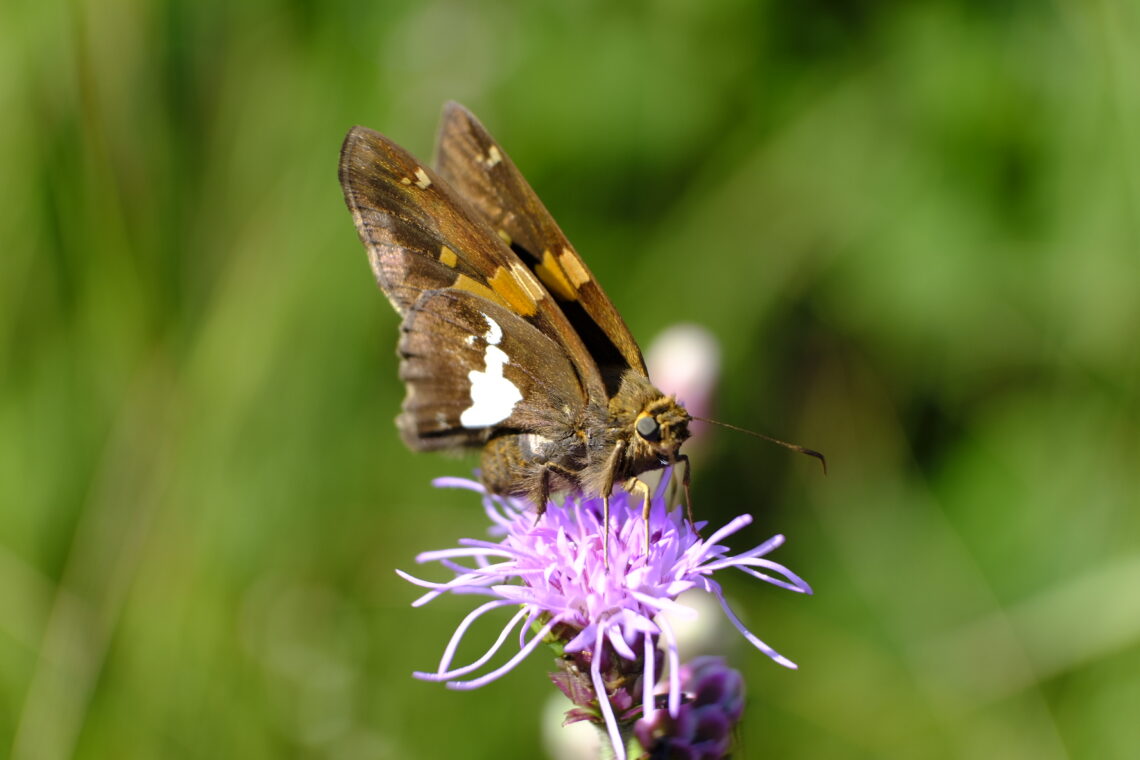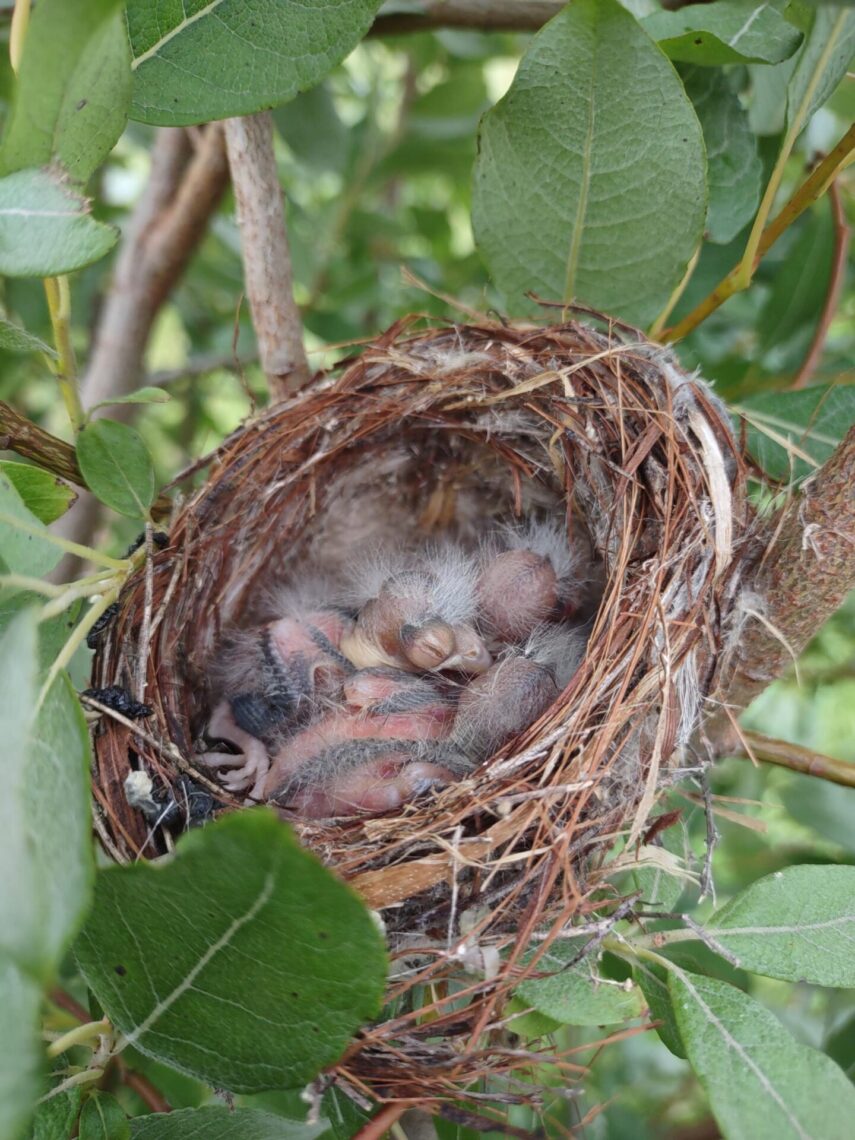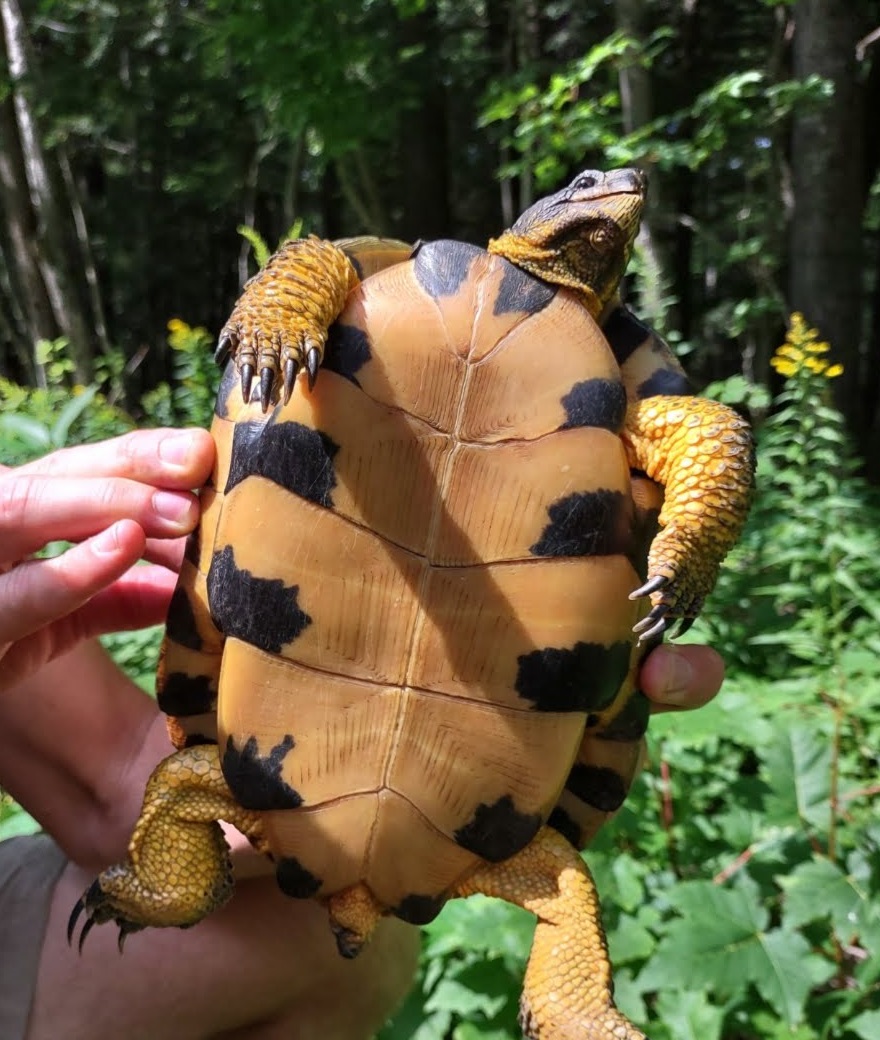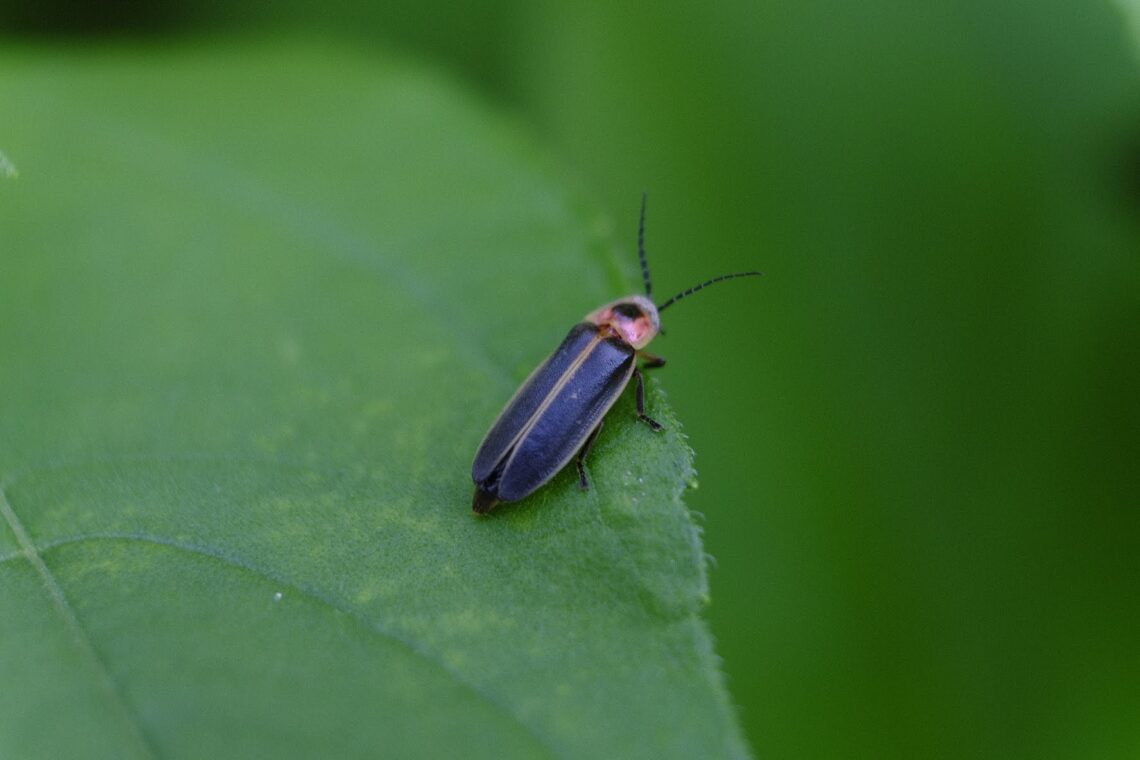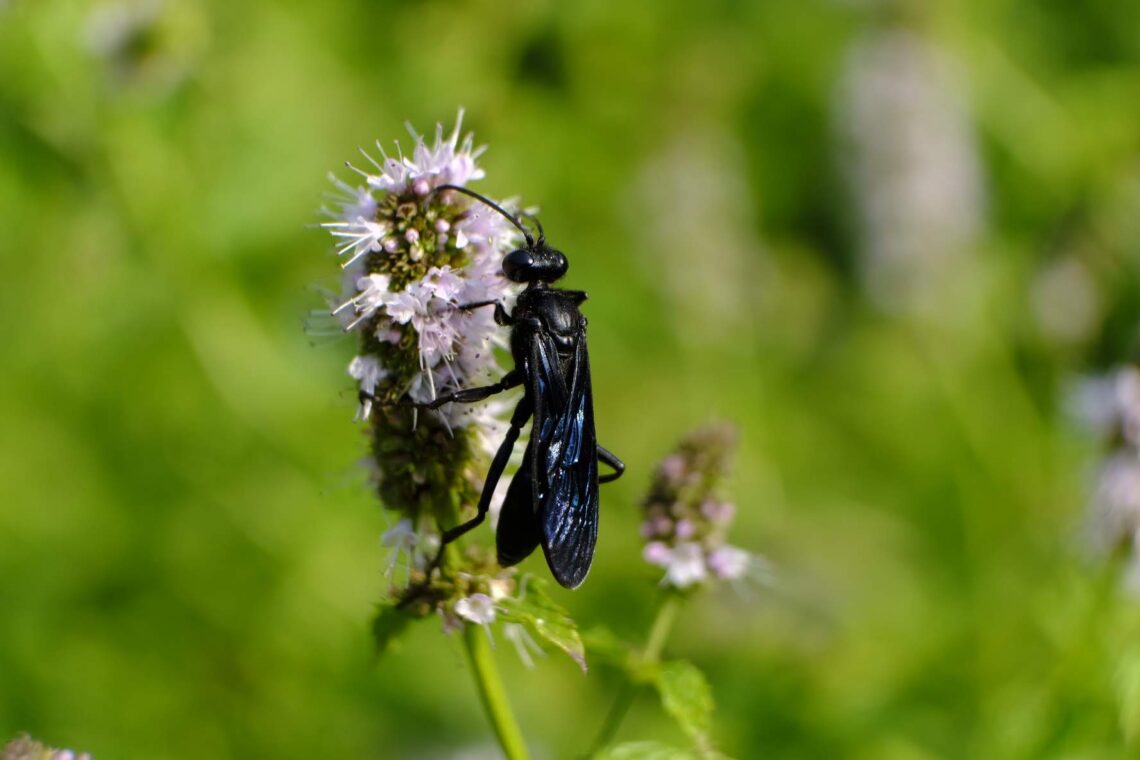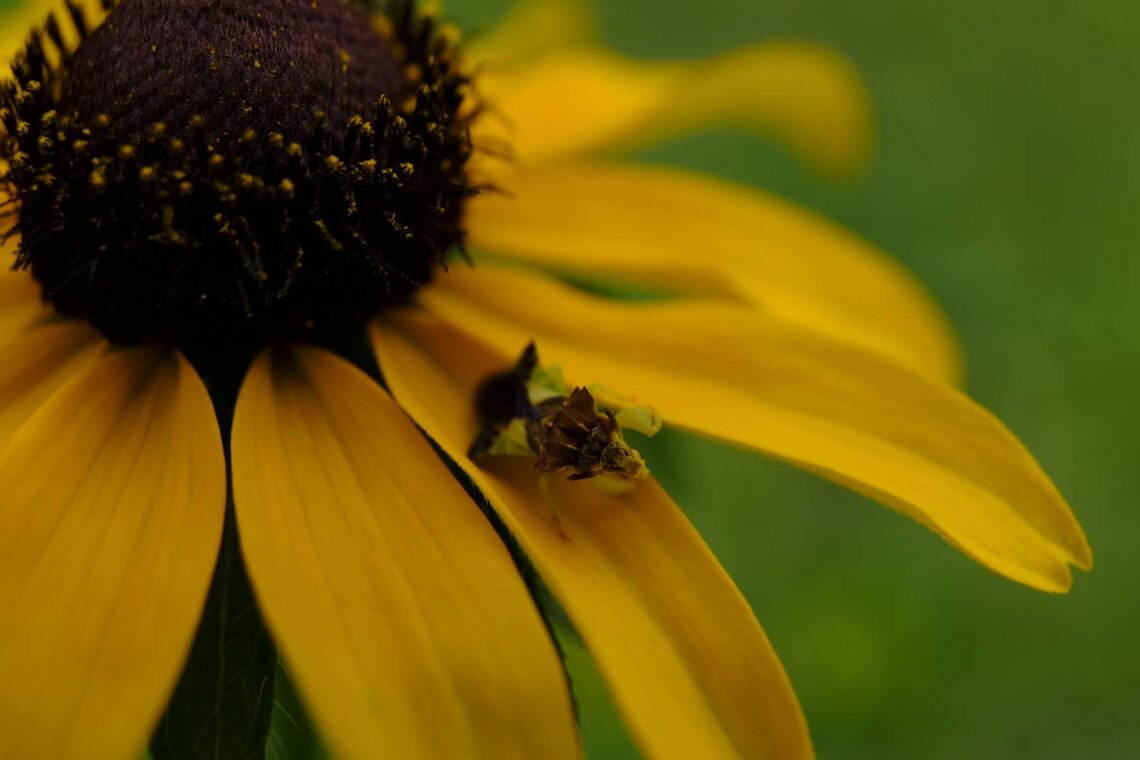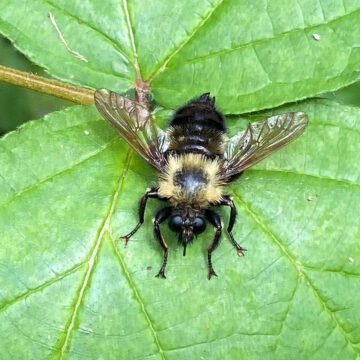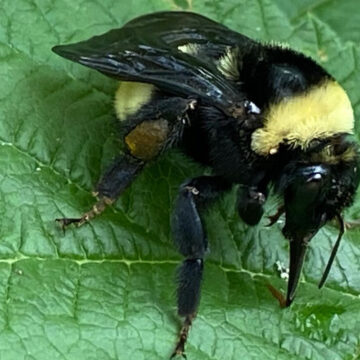What a year! Thanks to supporters like you, Groundswell protected special places in our community, restored important wildlife habitat, connected people to nature, and more. Read all about our latest projects in our 2021-2022 annual report. Here’s a preview of the stories inside.
Protected Forever: A Centennial Farm on the Shore of Hook Lake
In early August, the Town of Dunn and Groundswell Conservancy placed a permanent conservation easement on the Peterson Family centennial farm. This easement preserves valuable farmland by restricting development on the 133-acre property…READ MORE.
Protected Forever
This past fiscal year our relationships with landowners and communities resulted in the permanent protection of wetlands, farmland, a park, and shorelines. That means our communities are more resilient to flooding, farmers can invest in their soil with the confidence that it won’t be developed, wildlife has more places to thrive, and we all can enjoy more public nature spaces….READ MORE.
Fall Harvest Picnic
Groundswell is excited to announce that we have been awarded the Outreach and Assistance for Socially Disadvantaged Farmers and Ranchers and Veteran Farmers and Ranchers (2501) Program grant to bring more resources to HMoob farmers in our community!
The funding, provided by the USDA Office of Partnerships and Public Engagement, will support three years of technical assistance for HMoob farmers.
In partnership with UW-Madison Division of Extension, FairShare CSA Coalition, and Black and Brown Womyn Power Coalition, we will work with community organizations serving or aspiring to serve HMoob farmers in Wisconsin. We’ll help HMoob farmers access USDA programs, reach additional markets, and get support from Extension, agricultural lenders, and peers.
You can learn more about this grant program and other recipients in the USDA’s press release.
Happy almost Halloween! As I walk around my neighborhood admiring all of the scary decorations and thinking about what I should dress up with my son as, it’s hard not to notice how colorful everything is right now. Some of the trees are so intensely orange and red that they look like they’re on fire. Nature’s palette is on full display right now so get outside and enjoy it! Here’s a little sample of some of the things I have discovered in the last few days.
I have a love-hate relationship with smooth sumac. It’s easy to see what makes it so pleasant this time of year. The vibrant red color of the foliage is breathtaking and is very easy to spot from a distance out in nature. While it is native to Wisconsin and provides food sources for many types of wildlife, it often gets very aggressive and can take over more sensitive habitat types like prairie and oak savanna.
Despite the chilly nights and early morning frosts, there are still quite a few flower species that are blooming. Asters are one of my favorite types of flowers because of how late in the season they hang on. Their color seems to pop a little extra because most of the plants they are surrounded by have died back for the year and have turned brown. These gorgeous whites, pinks, purples, and blues get to take center stage and I hope they stick around for just a little bit longer!
While the flowers of most species of goldenrod have come and gone, what’s arguably just as appealing to the eye is what comes after the flower. If you were to go for a hike at just about any natural area this time of year, you would likely find many different species of plants that look like they’re covered in snow.
This fluff is is responsible for allowing certain types of plants to travel. At the bottom of each piece of fluff is a tiny seed that gets carried off in the wind when the conditions are just right. Most people probably picture themselves as a kid blowing dandelions into the wind, but there are actually a ton of different plants that use this method of reproduction (think of milkweed or cottonwood).
Lastly, I’ll leave you with one more controversial plant (which seems fitting since it’s one of the last flowers to bloom depending on where you live). It’s called white snakeroot and it got it’s name because of an old belief that the root of this plant cured snakebites. It’s another plant that’s native to Wisconsin but can be very aggressive. I have some growing in my own yard and as long as you don’t let it spread too much, it’s not that bad!
What is bad, is how toxic this plant is. Back in colonial times, snakeroot was responsible for contaminating quite a bit of milk produced by cattle that consumed this plant while grazing. I think I’ll just enjoy snakeroot for it’s beauty and will skip eating it as an afternoon snack.
Well, I hope you enjoyed my virtual tour of nature as it’s happening. However you experience the outdoors or nature, be it physical, virtual, spiritual, or anything in between, I encourage you to do it!
*Did you miss an article? Check out my collection of past monthly Nature Now articles on our website HERE. Just click the dropdown menu ‘Any Type of News’ and change to ‘Nature Now’ to filter the articles.
See you next month!
Happy fall! Is it me or does it seem like summer flew by faster than ever this year? I’ve been intentionally ignoring all of the early signs of fall in hopes that summer will last just a little bit longer. I casually ignored the few trees in my neighborhood that started changing colors. I refused to acknowledge the occasional Halloween decoration set out in my neighborhood. I even made the conscious decision to be uncomfortable by wearing shorts on a day where pants would have been much smarter.
This past weekend I gave up and decided to fully embrace fall, flannel and all! To celebrate the changing of seasons I watched football, went apple picking, and even set out a few of my own Halloween decorations. It was a fantastic weekend. While we’re all settling into fall, let’s see what’s going on in nature right now!
While out on a neighborhood jog the other day, I was struck (literally) by hail falling from the sky. When I started my roughly 20-minute jog it was 75F, blue skies, and not a cloud to be seen. It ended with dark skies, pouring rain (which eventually turned to hail), and me sprinting from tree to tree all the way home in an attempt to avoid getting pelted by some fairly decent-sized hail. What a great way to ring in the new season!
While collecting prairie seed out at Patrick Marsh with my monthly outdoor volunteers, we discovered a large black and yellow garden spider with what appeared to be an angry face painted on its back. It was startling to say the least. I’ve seen several of these spiders throughout the years but have never looked into them.
Later that day, I searched for the species online and discovered that females will often bounce the web up and down very quickly if people or other creatures get too close. It’s a way of being seen so that the web doesn’t get destroyed. I also learned that the females will eat their entire web at the end of each day and will construct a new one the next day!
While at the same outdoor volunteer event, I stumbled upon this horrendous-looking thing sprouting up from the ground. My initial response was laughter. I’ve seen a lot of interesting things in nature, but this one had me simultaneously disgusted and cracking up. I figured it was some sort of fungus, but had no idea which kind. Without hesitation, I immediately did some research.
This unfortunate fungus is commonly referred to as elegant stinkhorn or devil’s dipstick. While both names are hilarious, what’s not hilarious is the foul smell this fungus emits through the brown slime near the top. The smell is often compared to rotting meat and is filled with spores. The slime attracts insects which land on the spores and then carry them off. Better them than me!
Finally, I’ll leave you with this wonderful praying mantis I found the other day. If you’re anything like me, you may have gone most of your life without ever seeing one of these large insects. This year has been different. For some reason, I have found three of these over the last two weeks and all three have been exceptionally friendly as well as photogenic. I also learned that a praying mantis will wobble back and forth to help blend in with surrounding vegetation blowing in the breeze. Check out THIS video I took of the mantis in action!
Well, I hope you enjoyed my virtual tour of nature as it’s happening. However you experience the outdoors or nature, be it physical, virtual, spiritual, or anything in between, I encourage you to do it!
*Did you miss an article? Check out my collection of past monthly Nature Now articles on our website HERE. Just click the dropdown menu ‘Any Type of News’ and change to ‘Nature Now’ to filter the articles.
See you next month!
With less than one full month left until summer ends, I find myself scrambling to get outside as much as possible and enjoy it while it lasts. Late summer is a beautiful time of year when goldenrods and asters show their true colors. This classic nature color palette of golden yellow and purple is always a gentle reminder that summer doesn’t last forever (at least in Wisconsin).
While I’m sure we’re all busy beginning to wrap up our own summer activities, let’s take a minute to see some of what’s going on in nature right now.
Jewelweed, or ‘spotted touch-me-not’ is a very common flowering plant that is currently in bloom. It seems you can find it in most shady areas including low woodlands, stream and river edges, and along ditches.
I was out fly fishing with my father-in-law recently and all of the banks along the creek had patches of jewelweed. While the orange flowers are beautiful enough, what really stands out are the exploding seed pods. Jewelweed has a unique method of seed dispersal where once the seed pods are ripe, they burst open and fling seeds everywhere. Check out THIS short video to see them in action!
This time of year is also great for viewing butterflies and moths. Without even actively searching for them, I’ve stumbled upon several of the more common butterflies including the monarch (although less common now than it once was), tiger swallowtail, painted lady, and plenty of silver-spotted skippers (pictured above).
I’m always trying to get photos of butterflies but without a telephoto lens, it can be tricky. They seem to only let me get just close enough, and then they’re off! To get around this, try going out on a somewhat breezy/windy day. Many insects tend to hunker down in the wind rather than get swept away, which can help with those closer shots.
Most people think of spring when they see a bird nest. While a lot of birds do nest in spring or early summer, some birds like the American goldfinch, will nest in mid-late summer. In fact, goldfinch nestlings can sometimes be spotted in nests as late as the end of September!
This is partly due to the diet of a goldfinch which is strictly vegetarian. American goldfinches feed on the seeds of plants which becomes readily available later in the summer after plants have gone to seed. This abundance of seed will help ensure the success of the hungry nestlings.
The bright yellow underside of a wood turtleLastly, while out on a camping trip in the Porcupine Mountains last week, we came across a large wood turtle basking in the middle of the road. The turtle was found in an area where the speed limit was a little too fast for a basking turtle, so I decided to help it across so it didn’t get run over. While moving it across the road we were amazed by the bright yellow underside and black spots. Check out that beautiful pattern!
Well, I hope you enjoyed my virtual tour of nature as it’s happening. However you experience the outdoors or nature, be it physical, virtual, spiritual, or anything in between, I encourage you to do it!
See you next month!
On Friday, August 5, 2022, the Town of Dunn and Groundswell Conservancy placed a permanent conservation easement on the Peterson Family centennial farm (see map link). This easement preserves valuable farmland by restricting development on the 133-acre property. A 300-foot wide vegetative buffer between the cropland and Hook Lake will protect water quality and provide wildlife habitat. The Lake encompasses Hook Lake Bog State Natural Area, a rare community in southern Wisconsin.
We thank landowners Lea Ann and Randall Heacox for their dedication to protecting this land. We also thank the Town of Dunn for their leadership on this project, and for their continued commitment to conservation through their Purchase of Development Rights (PDR) program. Since 1997, Groundswell and the Town of Dunn have worked together to help protect nearly 4,000 acres of rich farmland.
Lea Ann’s great-grandparents, Rasmus and Minnie Peterson, bought the property in 1910. They passed it down through her grandfather Elmer Peterson to her mother Norraine Peterson Kvammen. According to Lea Ann, “The Town of Dunn’s PDR program was instrumental to keeping this farm in our family. We are very grateful.” Click here to see more photos of the farm taken by Mario Quintana, including a present day recreation of a circa 1950 aerial photo.
With this easement, this land will remain farmland forever, helping to protect productive topsoil—a precious limited resource—and to maintain farm-friendly communities in Dane County.
This project was made possible by the generosity of Lea Ann and Randall Heacox, the Dane County Conservation Fund, the USDA Natural Resource Conservation Service’s Agricultural Conservation Easement Program, Town of Dunn residents, and supporters of Groundswell like you.
On Wednesday, August 10, 2022 we purchased 40 acres of wetland habitat within the Lower Mud Lake Natural Resource Area in the Town of Dunn (see map link). Together with our recent acquisition and the Brost’s wetlands in 2020, we have now protected 143 acres within the Lower Mud Lake wetlands complex, historically an area of great importance to indigenous cultures in southern Dane County.
August is National Water Quality Month. Our cherished way of life depends on clean water: healthy ecosystems provide wildlife habitat and places to fish, paddle, and swim. This wetland habitat has been, and will continue to be, an invaluable resource which filters pollutants and improves water quality.
This acquisition came together thanks to the generosity of the landowner, supporters of Groundswell including Sean McBride, our Norm Anderson Conservation Opportunities Fund, the Knowles-Nelson Stewardship Habitat Areas Grant Program, and North American Wetlands Conservation Act funding administered through the U.S. Fish and Wildlife Service and Ducks Unlimited.
We thank the landowners, who wish to remain anonymous, for their part in permanently protecting this land. I leave you with a bit of wisdom to contemplate, courtesy of the landowners.
Our family has a long-standing connection with this land and is committed to preserving and protecting it. Knowing now the benefits wetlands provide to our ecosystem and the intrinsic value of the indigenous culture, it’s crucial that we protect this priceless heritage.
On Tuesday, July 19, 2022 we purchased 34 acres of wetland habitat within the Lower Mud Lake Natural Resource Area in the Town of Dunn (see map link). Together with our acquisition of the Brost’s wetlands in 2020, we have protected 103 acres within the Lower Mud Lake wetlands complex.
Wetlands act like filtering sponges in our ecosystem. They temporarily hold back and then slowly release surges in rainfall to help manage flooding. We are glad to protect these critical wetlands just south of Madison.
We thank the landowners, Craig and Renae, for wanting to see this land protected. When their neighbors, Ken and Eileen Brost, sold their wetlands to Groundswell, it got them thinking. Like the Brosts, they understood the importance of conserving and caring for wetlands. They also realized they don’t have the ability to care for the wetlands. Groundswell will manage the property consistent with the adjacent state land to provide permanent habitat for ducks and other wildlife.
Funding to purchase the land came from Wisconsin DNR’s Knowles-Nelson Stewardship Program and a U.S. Fish and Wildlife North American Wetlands Conservation Act grant administered by Ducks Unlimited. Of course, we couldn’t protect land without your support of Groundswell.
What an odd summer we’ve been having! It’s either 90F and rainless for weeks, or it’s quarter-sized hail, tornado warnings, and massive trees falling down throughout neighborhoods. Despite the crazy weather, I still find myself out and about exploring nature.
In fact, I may be exploring nature a little too much because as I write this I’m covered in dozens of mosquito bites, some of the worst chigger bites I’ve ever experienced, a poison ivy rash that won’t seem to go away, and wild parsnip burns on my wrist where my work glove and long-sleeved shirt meet. With that in mind, today’s nature update will be provided courtesy of the pollinators in my backyard!
We seem to be nearing the end of the gorgeous light shows put on by fireflies each night, so get out while you can and enjoy the performance! The other night my son and I caught about a dozen in a mason jar so that we could put them on his nightstand for about 10-15 minutes while we read bedtime stories. Not a single firefly lit up the entire time.
Of course as soon as I released them in the yard, they flew off lighting up the night sky. I guess that’s what I get for trapping them in the first place. Lesson learned.
Wild bergamot, also known as bee balm (and for good reason), is in full bloom right now and it’s quite a sight! Hand’s down it’s my favorite native plant in Wisconsin. It might just even be my favorite plant. Whenever I see it I’m reminded of prairies and all of the pollinators that you’ll find buzzing around them (like this bumble bee in my yard).
In winter, if you pull off the seed heads of bergamot and crush them in your fingers, it releases an intoxicating aroma that can bring you straight back to summer with just one sniff. Gray-headed coneflower (or yellow coneflower) is another native prairie plant that does the same thing, but it smells of intense citrus. I highly recommend trying it out!
Upon discovering this terrifying wasp in yard, I immediately wanted to take a photo of it. My instincts must have kicked in because I wouldn’t allow myself to get within a few feet of this creature. It was at least 1″ long, fast, and extremely twitchy. My favorite kinds of insects to photograph are the slow, sleepy, boring ones. This was different.
I worked up my courage to get close enough for a picture and snapped a couple. I looked it up later that day, and the internet says it’s a great black wasp, which is a type of digger wasp. Apparently they build nests underground and feed primarily on katydids, crickets, and grasshoppers. I was happy to not see humans on that list.
Lastly, while admiring the black-eyed susans in my backyard, my son found this little critter hanging out on one of the petals. Despite how noisy and close we got to it, it never moved once (I assure you it was alive). I was surprised that he even found this insect because of how small and camouflaged it was.
Having never seen one before, we looked it up and it turned out to be an ambush bug (or assassin bug), which are known to hang out on the petals of black-eyed susans and sunflowers. They wait motionless for an unsuspecting victim to land on the flower, and then they attack! Apparently they can take down prey several times larger than themselves.
Well, I hope you enjoyed my virtual tour of nature as it’s happening. However you experience the outdoors or nature, be it physical, virtual, spiritual, or anything in between, I encourage you to do it!
See you next month!
Introducing Harlie Pingel! Harlie is Groundswell’s new Social Media Intern. She’s an avid Youth Volunteer for Conservation with Dane County Parks and will be a senior at Waunakee High School this fall. Harlie is passionate about conservation and hopes to pursue a career in environmental protection.
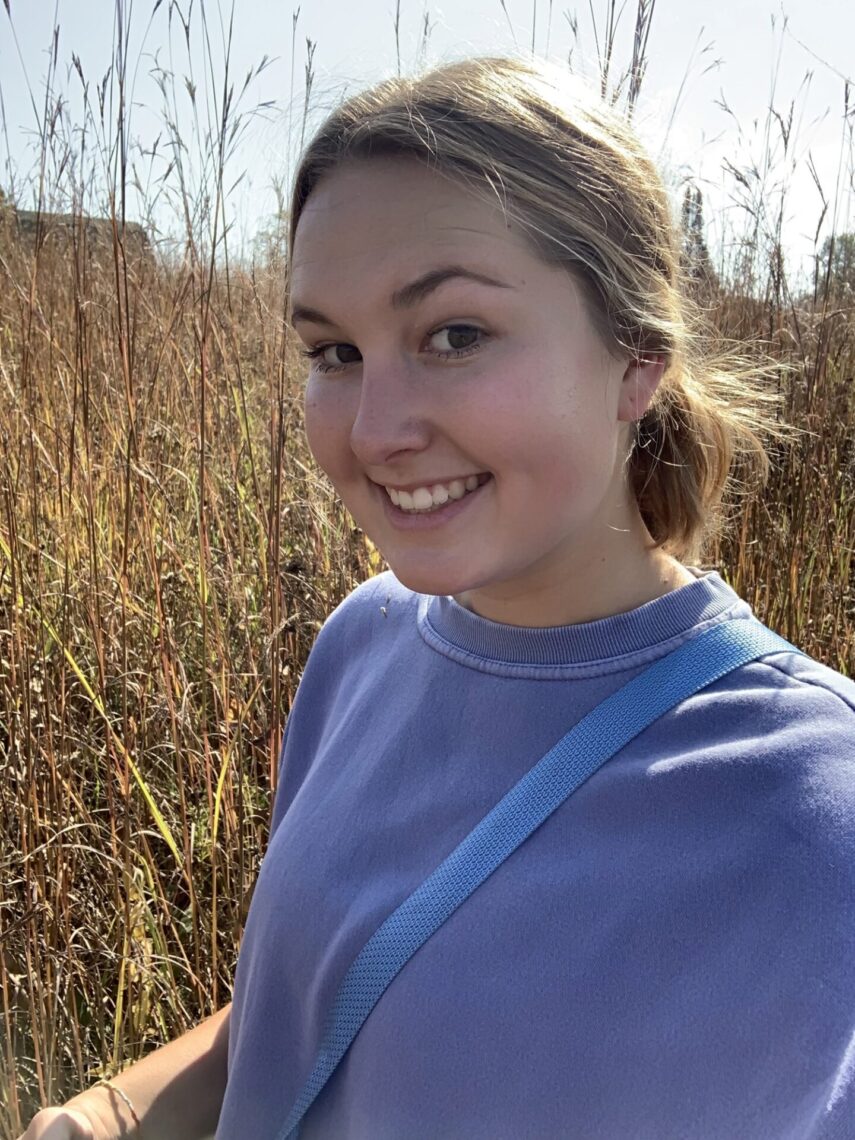
“Through this internship, I’m hoping to gain more environmental experience and direction for college. I’m excited to learn all the aspects of conservation and apply them to my interests in the future,” she says.
Harlie will be creating content for our Facebook and Instagram pages while Liz, our Development & Outreach Coordinator, is on parental leave this summer. Be sure to follow us on social media if you don’t already!
We’ve got some great posts planned for the season. Harlie will join other Groundswell staff and supporters out on the land, sharing stories from special places around Dane County. She’ll also continue the tradition of sharing cool nature facts. For example, did you know that robber flies mimic bees to avoid predators?
Robber fly (left) mimics a bumble bee (right). Photo credits: Mary Binkley
We’re so excited to have Harlie be part of the Groundswell team this summer. You can get in touch with her on social media or at harlie@groundswellconservancy.

